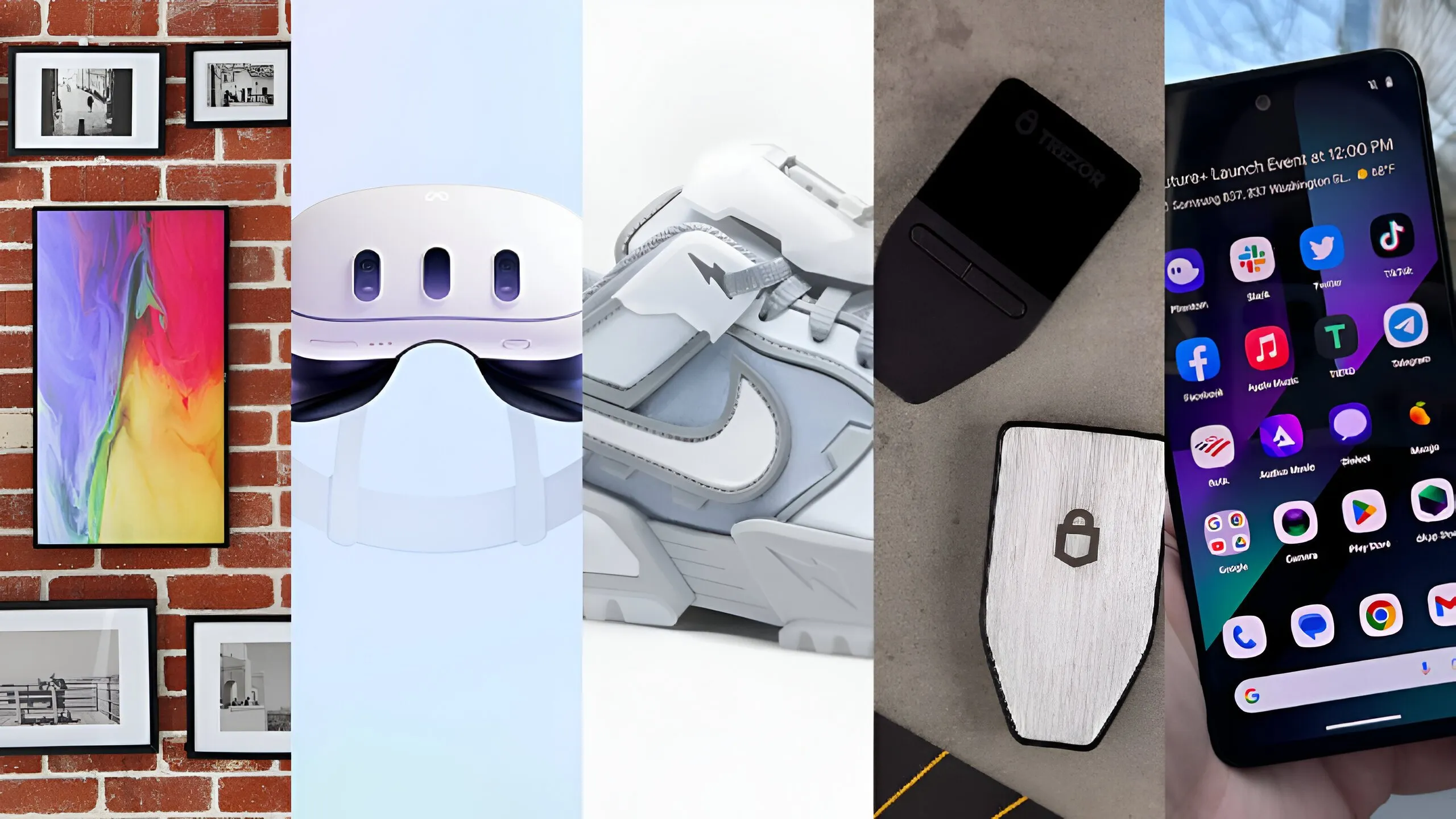2023 is the year that crypto emerged from the virtual sphere and into the real world.
Where previously, physical crypto products were limited to the likes of Bitcoin mining rigs and nodes, 2023 saw a glut of product launches aimed at a wider audience of mainstream consumers (albeit still early adopters).
That meant that clunky user interfaces were out, and slick design echoing mainstream consumer electronics were in. We've rounded up some of the crypto kit that caught our eye in 2023, from Web3 smartphones to NFT picture frames.
Solana Saga smartphone
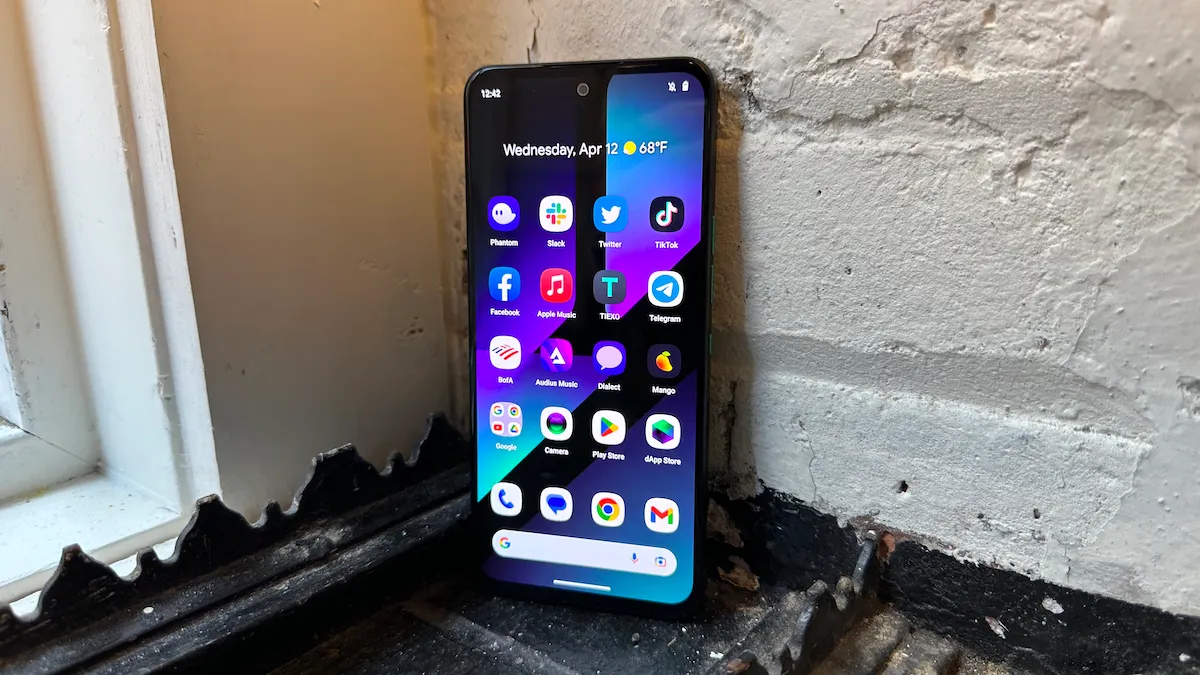
Launched in April this year, the Saga is a smartphone designed specifically for the Solana ecosystem, with a built in hardware wallet and a native store for decentralized applications (dapps). It’s a first step on the road to a billion people using crypto, Solana Labs CEO Anatoly Yakovenko told Decrypt, and for a first effort it’s pretty impressive. Decrypt called it “polished and premium,” with a “tight and intuitive” Web3 integration, albeit with a few hitches along the way.
Of course, at $1,000 you’re paying a hefty premium for the Web3 component on a phone that doesn’t quite match the top-end offerings from the likes of Apple and Samsung. Or you were.
In recent weeks, Saga smartphones, on discount for around $600, have been flying off the shelves after some enterprising degens spotted that the BONK meme coins bundled with each device were worth more than the smartphone itself, at current prices. Good luck getting your hands on one now; with Saga phones sold out globally, Solana Labs is weighing its options.
Trezor Safe 3
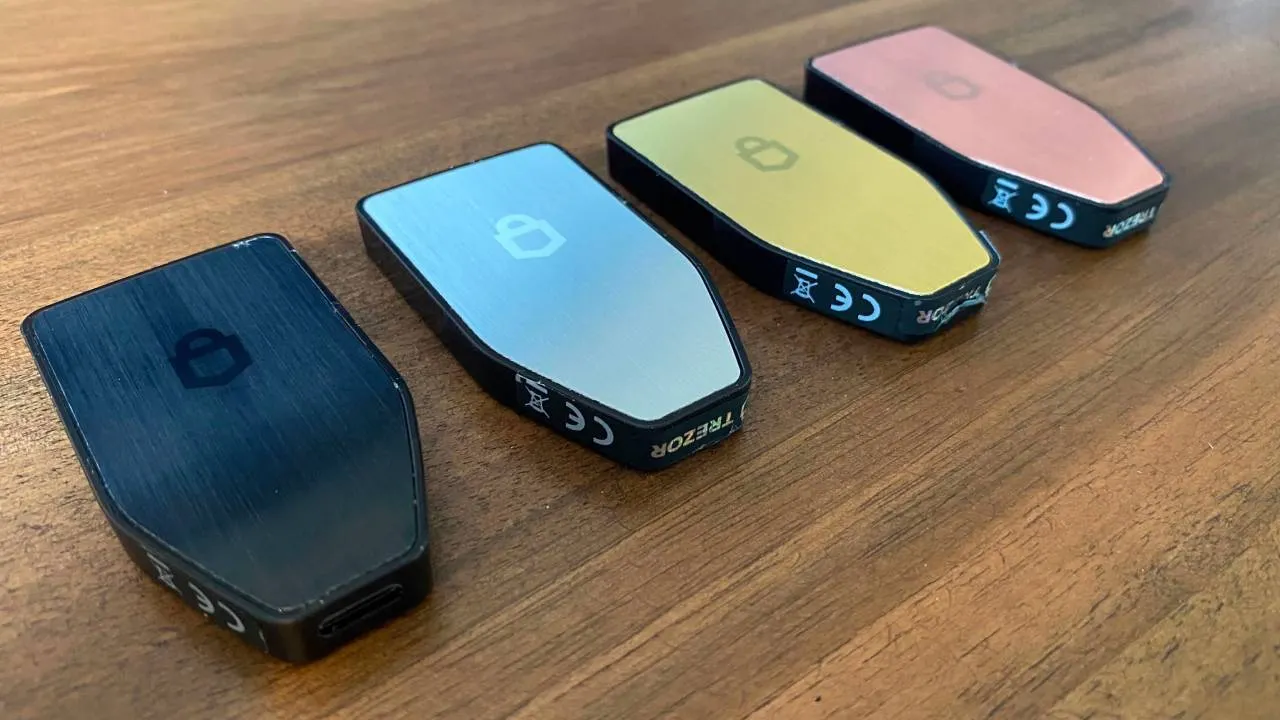
With crypto exchange hacks and failures continuing to make headlines, a growing number of crypto users are turning to cold storage to keep their holdings secure.
Crypto hardware wallet manufacturer Trezor has stepped into the breach with the new Trezor Safe 3 device, aimed at “new entrants” to the crypto space. With a slick design reminiscent of mainstream consumer electronics, and a simple user interface, it certainly fits the bill.
Muse Frame
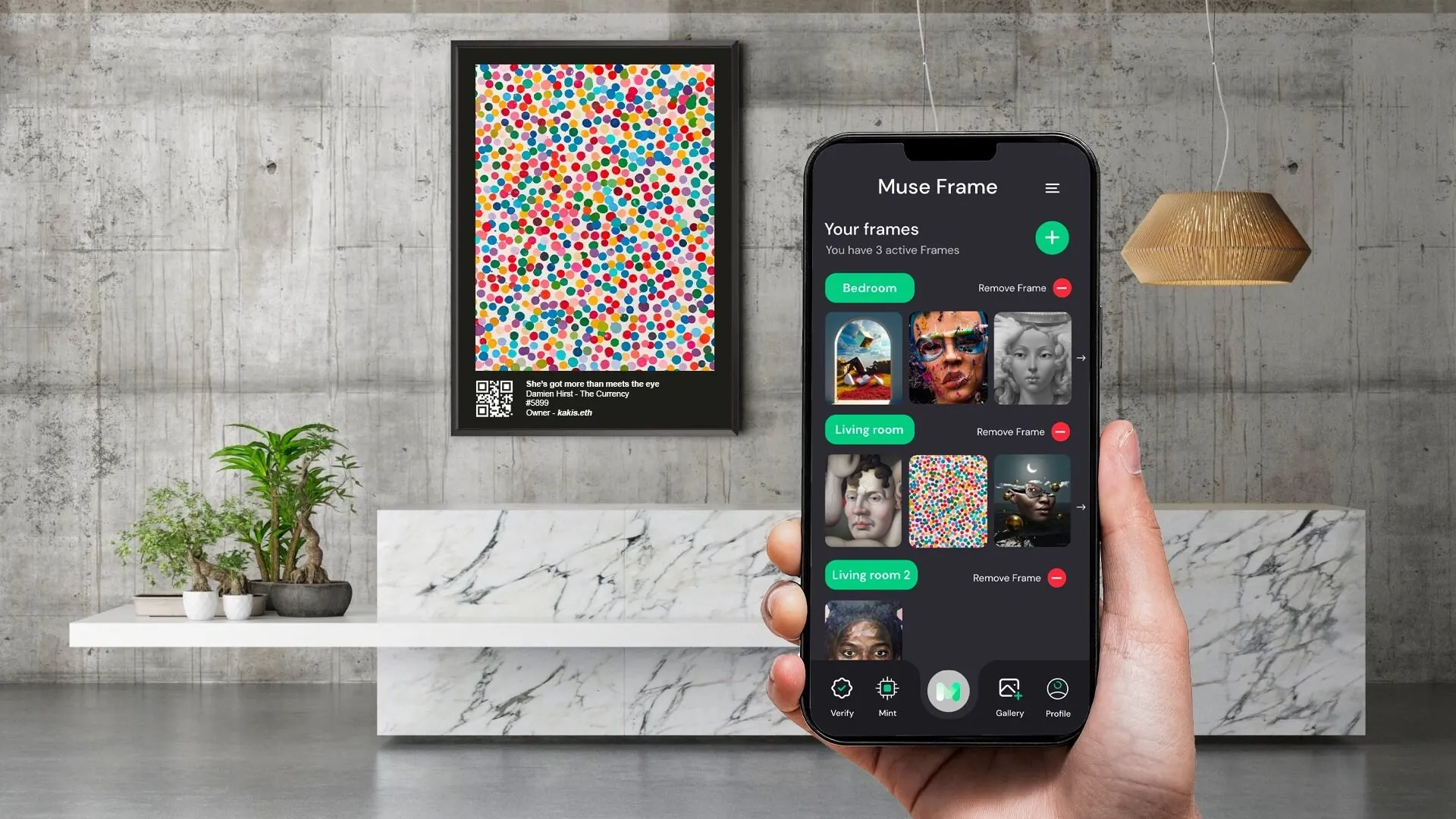
If you’ve spent thousands of dollars on an NFT artwork, you want to share it with the world—and a smartphone screen just won’t cut it. A whole industry has sprung up supplying digital art frames to NFT aficionados so they can hang their Chromie Squiggles and Beeple editions on their walls. There’s no shortage of options available, but we were impressed with Muse Frame’s offering when it was used by London’s iconic Saatchi Gallery to showcase a collection of NFT artworks, in a milestone for the art world’s adoption of the technology.
Available in sizes up to 55”, with rotatable mounts, 4K displays and HD speakers plus an anti-glare screen, Muse Frame pairs with a smartphone app enabling you to swap your digital art in and out with a swipe.
Trezor Keep Metal
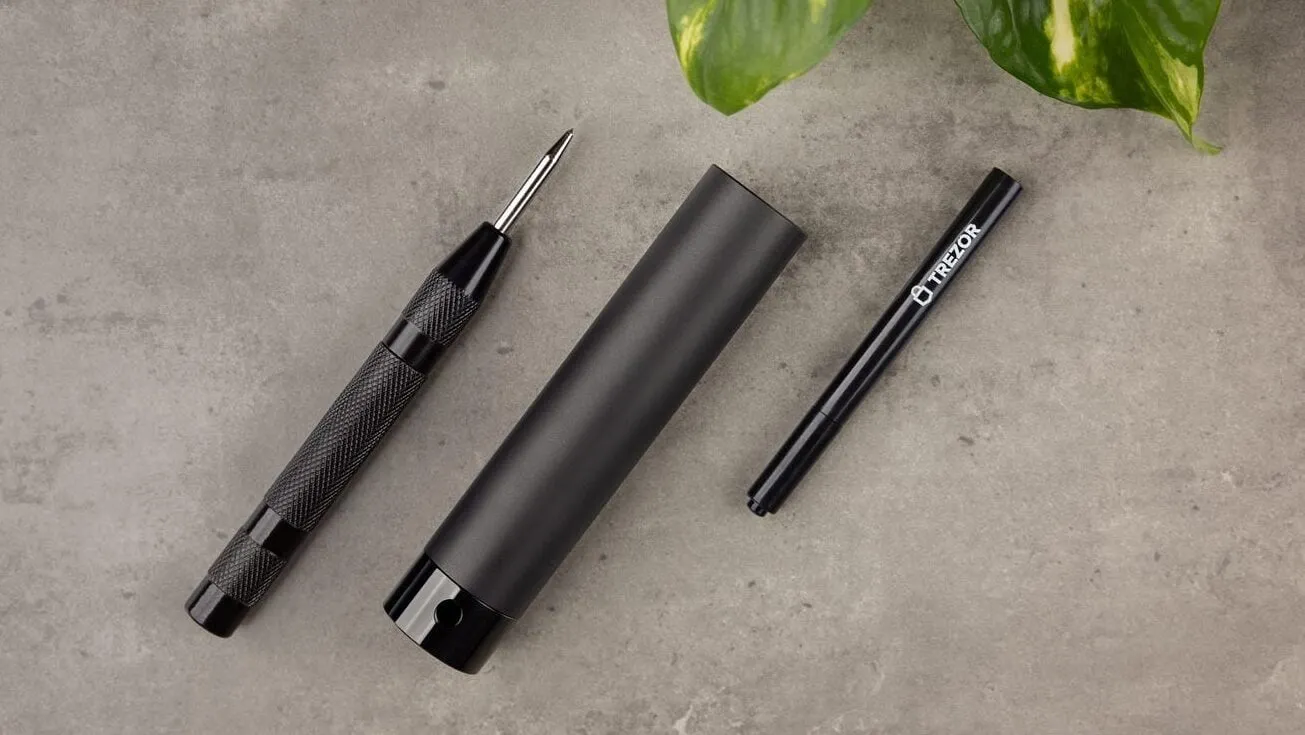
Even crypto hardware wallets are vulnerable to theft or damage, so it’s wise to back up your mnemonic recovery seed. Metal wallets are one of the best ways to do this—more durable than paper, they’re the ideal way to keep your seed phrase safe from fire, flood, and whatever else life can throw at it. Up to and including hydraulic presses and acid baths.
Newly launched this year is Trezor’s offering. Made from aerospace grade stainless steel, the Trezor Keep Metal lets you punch in the first four letters of each word from a 12-word recovery phrase; it can be sealed with a tamper-proof sticker for added security.
Nike x RTFKT Dunk Ghost Edition and Dunk VOID Edition
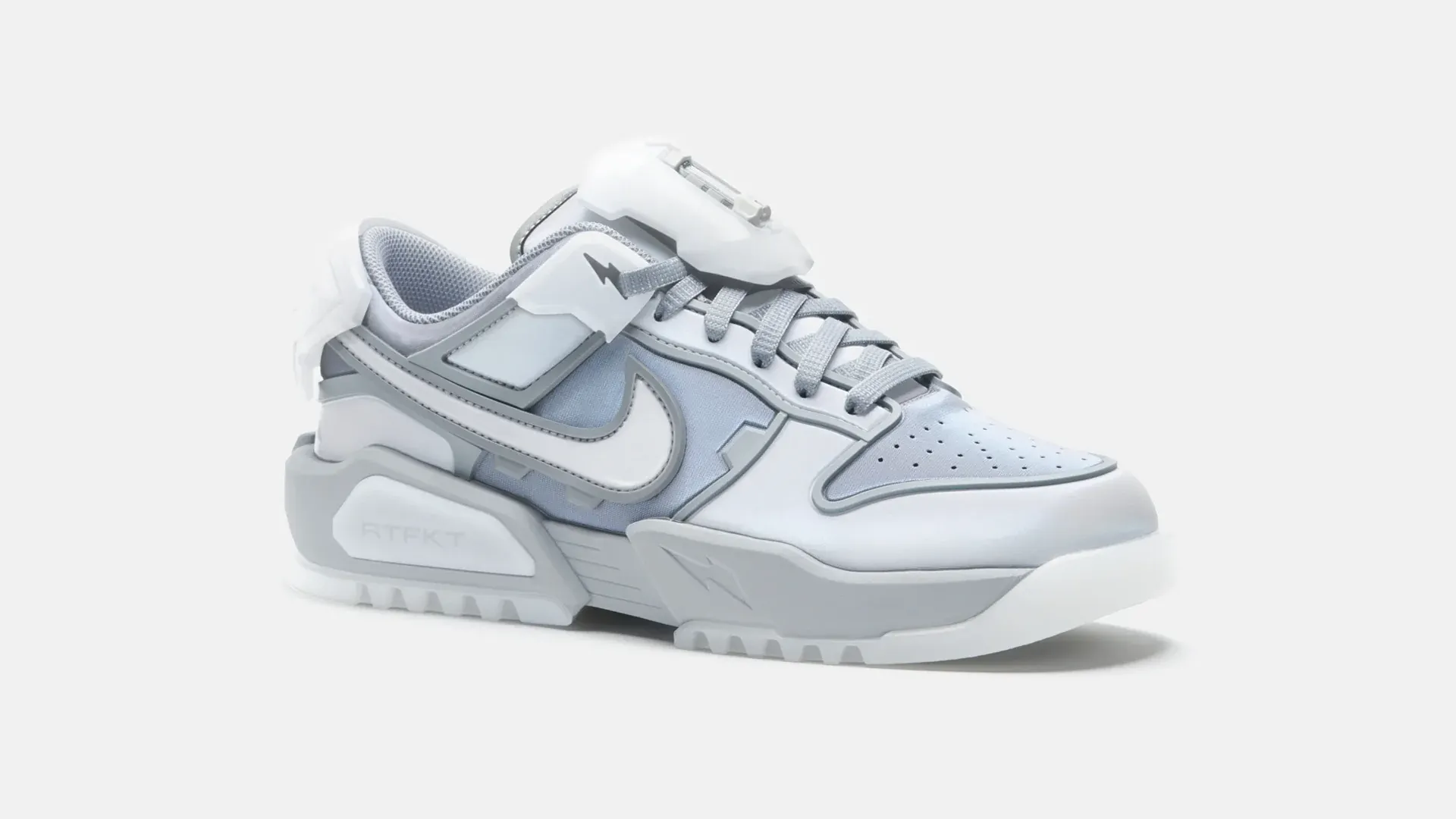
Nike and its crypto subsidiary RTFKT have launched sneaker drops before, but the RTFKT Dunk Genesis sneakers launch was different. Where previous drops required users to buy an NFT in order to obtain the real-world kicks, these ones don’t. But they’re still tied to NFTs, with an embedded near-field communication (NFC) chip enabling the user to obtain a digital collectible and link the product with its virtual twin.
It’s an interesting move for Nike, and one that suggests it’s looking to broaden the reach of its NFT offering beyond a narrow niche of crypto-savvy sneakerheads. Could this be the moment Web3 fashion hits the mainstream?
Vertu Metavertu II
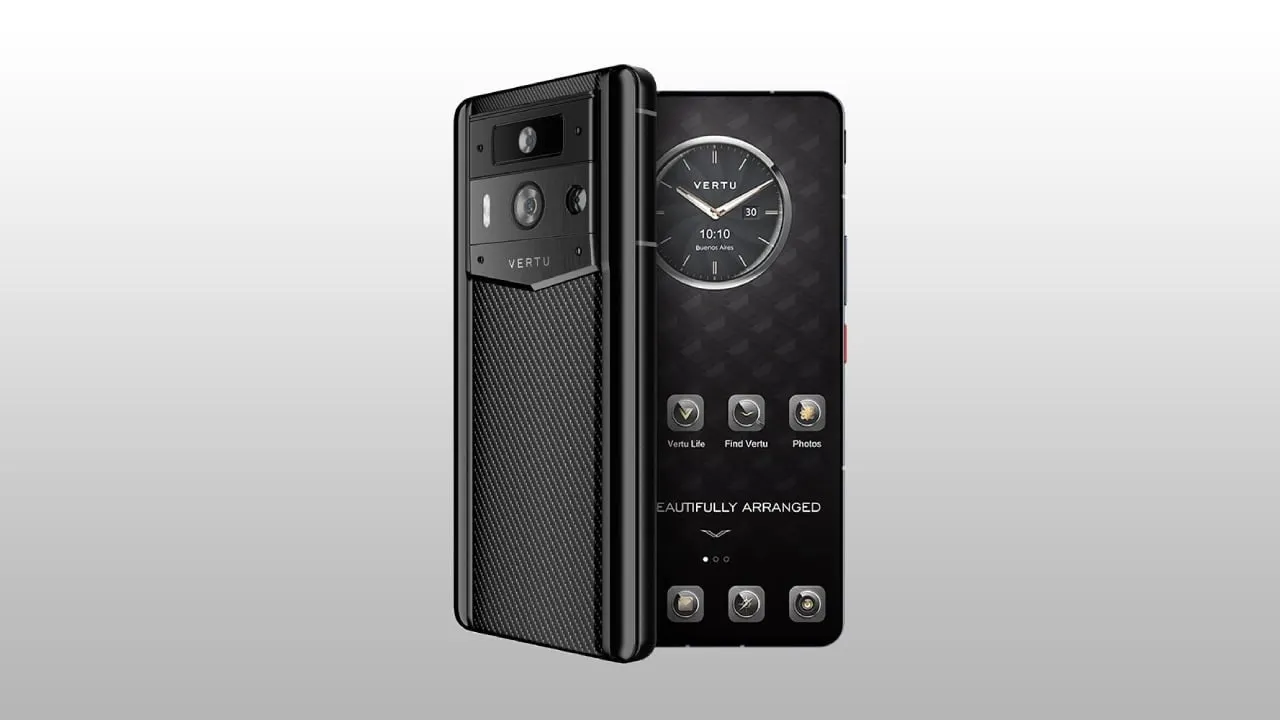
Pitched at the exact opposite end of the market to the Solana Saga smartphone, the Metavertu II is, at first glance, a sublimely daft idea; a Web3 smartphone aimed at the 0.1%, topping out at $9,300 and wrapped in alligator skin. But with the crypto nouveau riche showing no signs of going away, appealing to this new luxury consumer makes sense for the revived boutique smartphone brand.
And credit where it’s due, Vertu’s gone above and beyond in packing in Web3 smarts; the phone features a new I-DID identity system linking the phone’s IMEI number to the user’s decentralized identifiers, creating a “passport to the Web3 world,” the firm’s CEO Gary Chan told Decrypt. A secure element chip adds signing and ZK-proof smarts, while Web3 dapps are managed in a separate parallel OS.
“Some of our product features may currently be ahead of user adoption, offering functionalities that users might not immediately utilize,” Chan said. In years to come, these features might find their way into mainstream devices, but for now you’ll have to shell out to stay ahead of the curve.
Meta Quest 3

Mark Zuckerberg’s virtual land grab has seen his firm Meta laying claim to the term “metaverse”—something that’s prompted Web3 gaming firms like The Sandbox and Animoca Brands to push the idea of the “open metaverse,” in contrast to Meta’s “walled garden” approach.
Of course, we’re still some way off the promised land of decentralized metaverses where you can port your virtual goods to one platform or another as NFTs. Which means that for the time being, the simplest way to experience the metaverse is with Meta’s own consumer-friendly offering.
Aggressively priced as a loss-leader thanks to Meta’s deep pockets, the Quest 3 is simple to set up and packs in top-end specs, including 2064x2208 resolution per eye, up to 512GB storage and a Snapdragon XR2 Gen 2 processor plus 8GB RAM. You also get mixed-reality features, a first for the Quest line of headsets.

